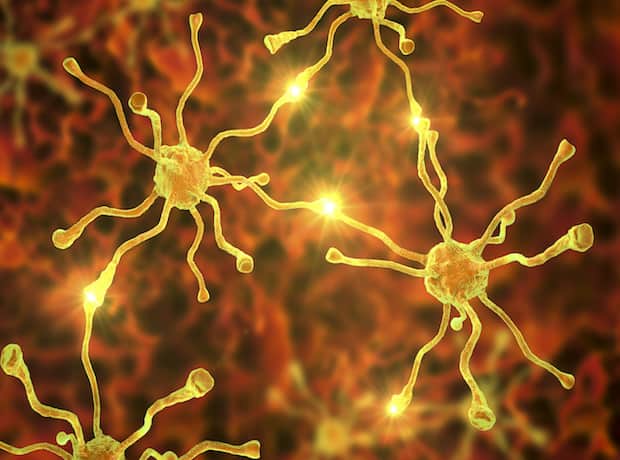Introduction to Neurodegenerative Conditions
Neurodegenerative diseases, which affect over one million people in the UK, encompass a range of conditions such as Alzheimer’s, Parkinson’s, and amyotrophic lateral sclerosis. These ailments typically manifest as the cells of the central nervous system cease functioning or perish. The quest for effective treatments remains a pressing challenge in medical research, urging scientists to explore novel biomarkers and mechanisms that could lead to earlier detection and better therapeutic strategies.
New Findings from King’s College London
A recent study conducted by researchers from King’s College London (KCL), published in the journal Aging Cell, has shed light on how cell ageing could reveal early indicators of neurodegenerative diseases. This groundbreaking research proposes that the physical properties of cells, such as the viscosity of neuronal cytoplasm, could play a crucial role in the development of these conditions.
The Study’s Methodology
The KCL team employed innovative fluorescence techniques to measure the viscosity of the neuronal cytoplasm—the fluid enclosed by the neuron’s cell membrane—in mice. Observations indicated that as mice aged, the viscosity in the neuron’s soma (the cell body) increased, whereas it remained unchanged in the axon, the tail-like structure that transmits signals to other cells. This difference suggests that ageing affects various components of the neuron differently.
Impact of Viscosity on Mitochondrial Function
One of the study’s critical insights is the impact of increased soma viscosity on mitochondrial trafficking. Mitochondria, the energy powerhouses of the cell, are typically transported from the soma to the axon. However, in a viscous soma, mitochondria become trapped, which could impede their movement and function. This disruption in mitochondrial trafficking is seen as a potential early marker of neurodegeneration.
The Potential of Viscosity as a Biomarker
Dr. Alessio Vagnoni, the study’s lead author and a lecturer in cellular neuroscience at KCL, highlighted the significance of their findings. “By measuring viscosity in a model of neuronal ageing for the first time, we could start mapping specific age-dependent neurodegenerative diseases to cytoplasmic viscosities,” he explained. This approach could expand the list of biomarkers available for detecting these diseases early in their progression.
Comparing Healthy and Affected Neurons
Further comparisons of cytoplasmic viscosity between healthy individuals and those at various stages of neurodegenerative diseases could provide more detailed insights into how these conditions evolve. The ability to detect subtle changes in cell viscosity could eventually lead to diagnostic tools that identify neurodegenerative diseases much earlier than currently possible.
Future Research Directions
Encouraged by their findings, the KCL research team plans to extend their study to examine how external factors such as environmental influences and additional illnesses might affect neuronal cytoplasm during ageing. This research could unravel the complex interactions that lead to neurodegeneration, offering new avenues for preventing or slowing the progression of these debilitating diseases.
Broader Implications for Treatment
Understanding the mechanisms behind cytoplasmic viscosity changes holds the potential to revolutionize the treatment of neurodegenerative diseases. By targeting the early changes in neuronal cell properties, researchers hope to develop therapies that could maintain mitochondrial function and cell health before significant damage occurs.
Conclusion: A New Frontier in Neurodegenerative Disease Research
The KCL study represents a significant step forward in understanding the biological underpinnings of neurodegenerative diseases. As researchers continue to decode the mysteries of cell ageing and its impact on neuronal function, the hope is that new treatments will emerge that can tackle these diseases at their root, potentially improving the quality of life for millions affected worldwide. This research not only highlights the importance of innovative biomarkers but also underscores the need for a multi-faceted approach to studying and treating complex health conditions such as neurodegenerative diseases.
